Elvira Kadyrova
Prokudin-Gorsky’s introduction to Central Asia started with a visit to Turkestan in December 1906. Then, setting off to the southern outskirts of the vast Russian Empire, the master of color photography intended to capture the solar eclipse, which occurred on 14 January 1907.
The journey was organized by the great chemist Mendeleev. The shooting took place in the Tien Shan mountains near the rail station of Chernyaevo (now Khavast, 150 km south of Tashkent) over the Sulukta coal mines.

However, the team failed to take a snap of a natural phenomenon due to heavy clouds. Nevertheless, the expedition to Turkestan enriched Prokudin-Gorsky’s portfolio and historical science with color photographs of Samarkand and Bukhara, which became vivid evidence of the rich archaeological heritage of Central Asia.
Color images of ornaments of mosques and mausoleums aroused academic interest, especially because many temples were subsequently destroyed by the earthquake on 8 October 1907.
For example, Bibi Khanym mosque in Samarkand was shot twice in 1907 and in 1911 after the earthquake with the ruined dome. The mosque was built by the greatest conqueror, founder of Timurid dynasty, Amir Timur (Tamerlane) after return from Indian campaign and the legend says he called his mosque in honor of beloved wife.

Bibi Khanym Mosque in 1906-07
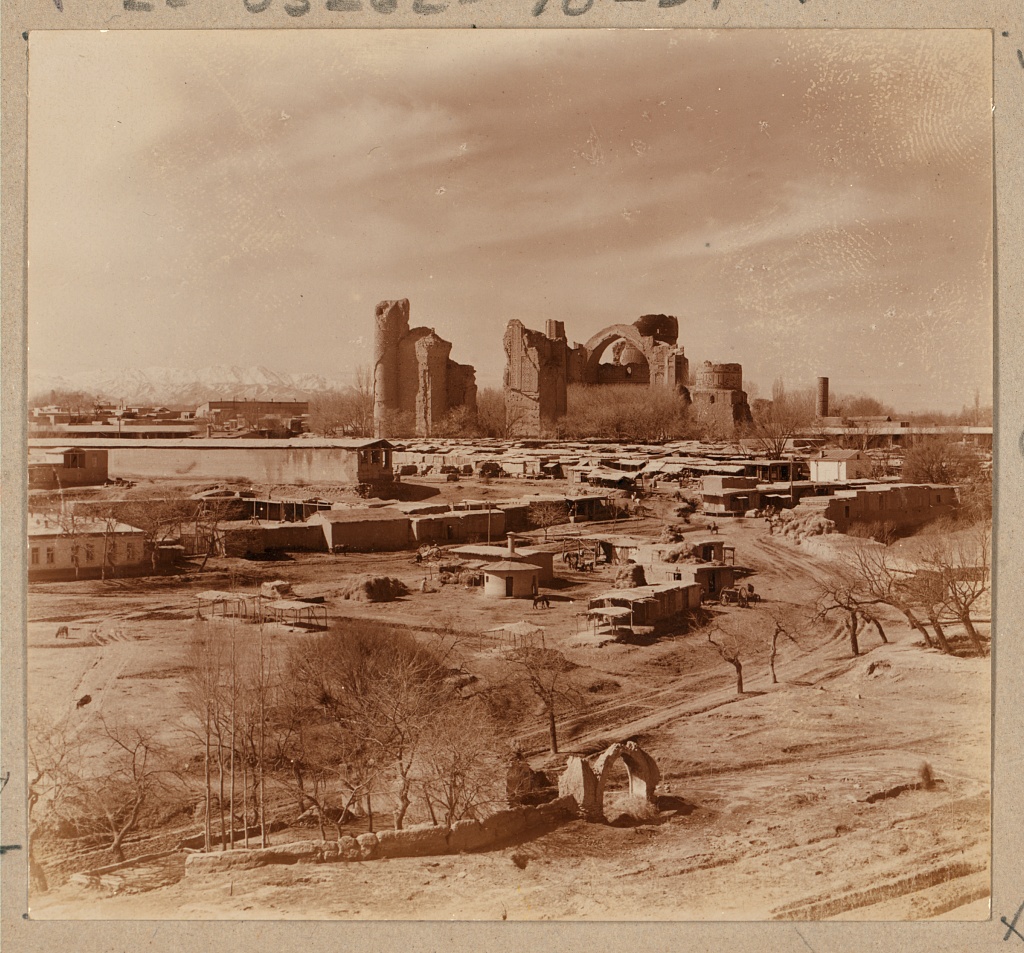
Bibi Khanym Mosque in 1911, after earthquake
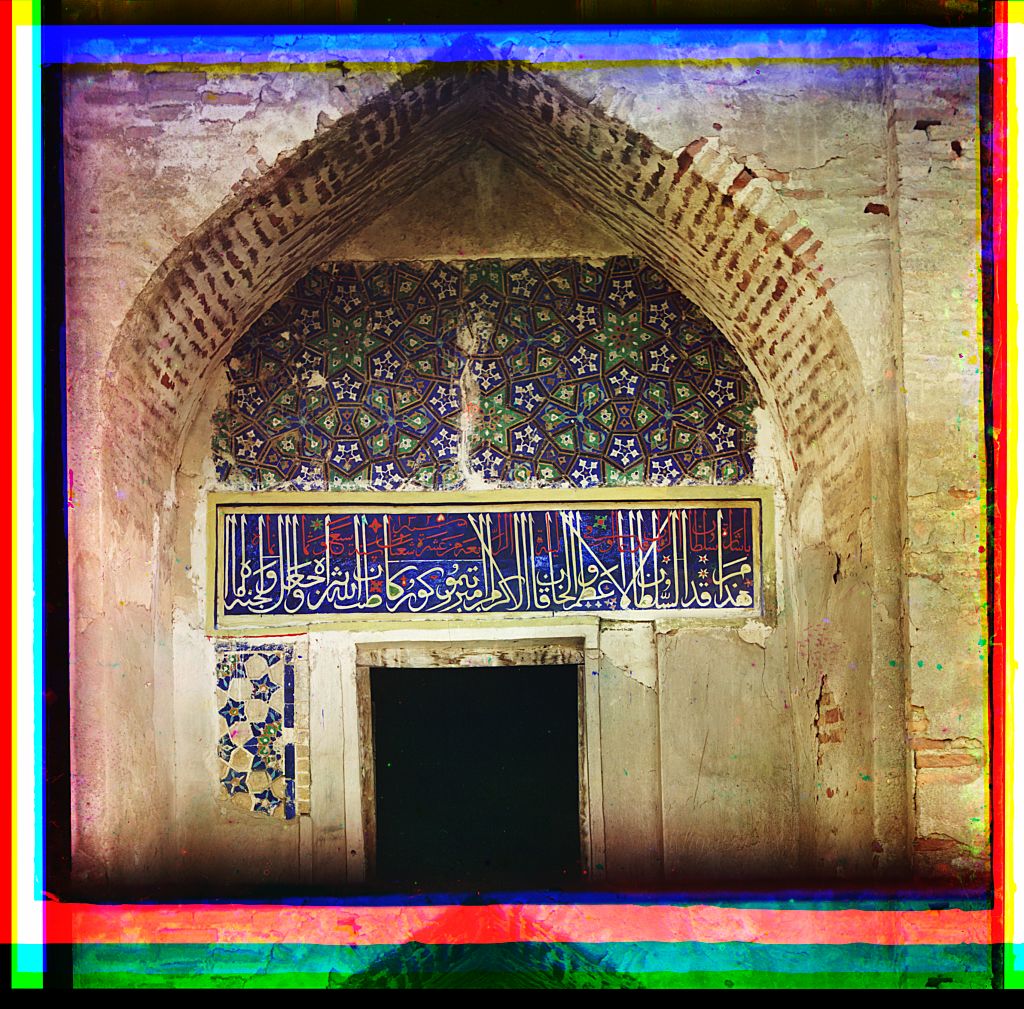
Entrance into the Gur-Emir [Amir Timur] mosque
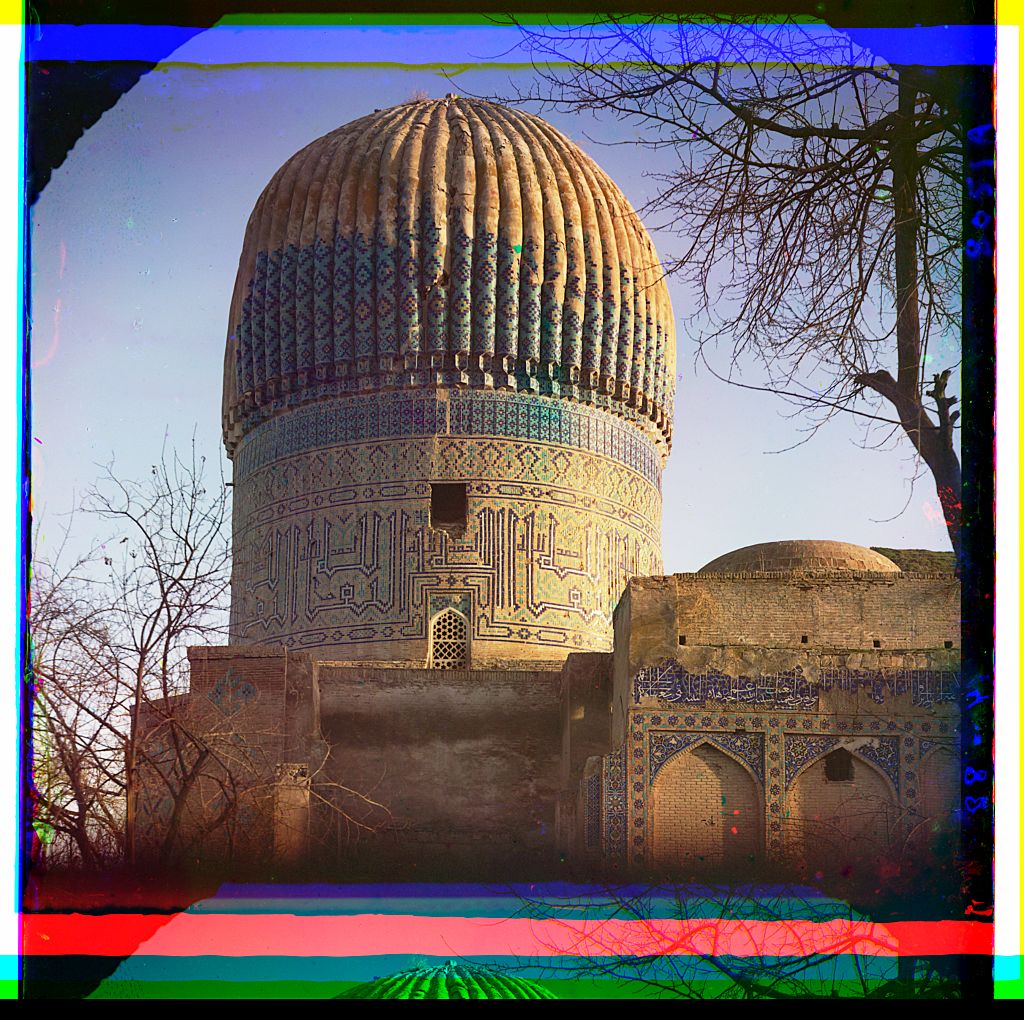
Dome of the Gur-Emir [Amir Timur] mosque

Portion of Shir-Dar minaret and its dome from Tillia-Kari Madrasah. Samarkand

Inside the Mosque of Baha-ud-Din Naqshband [founder of Sufi order Naqshband]
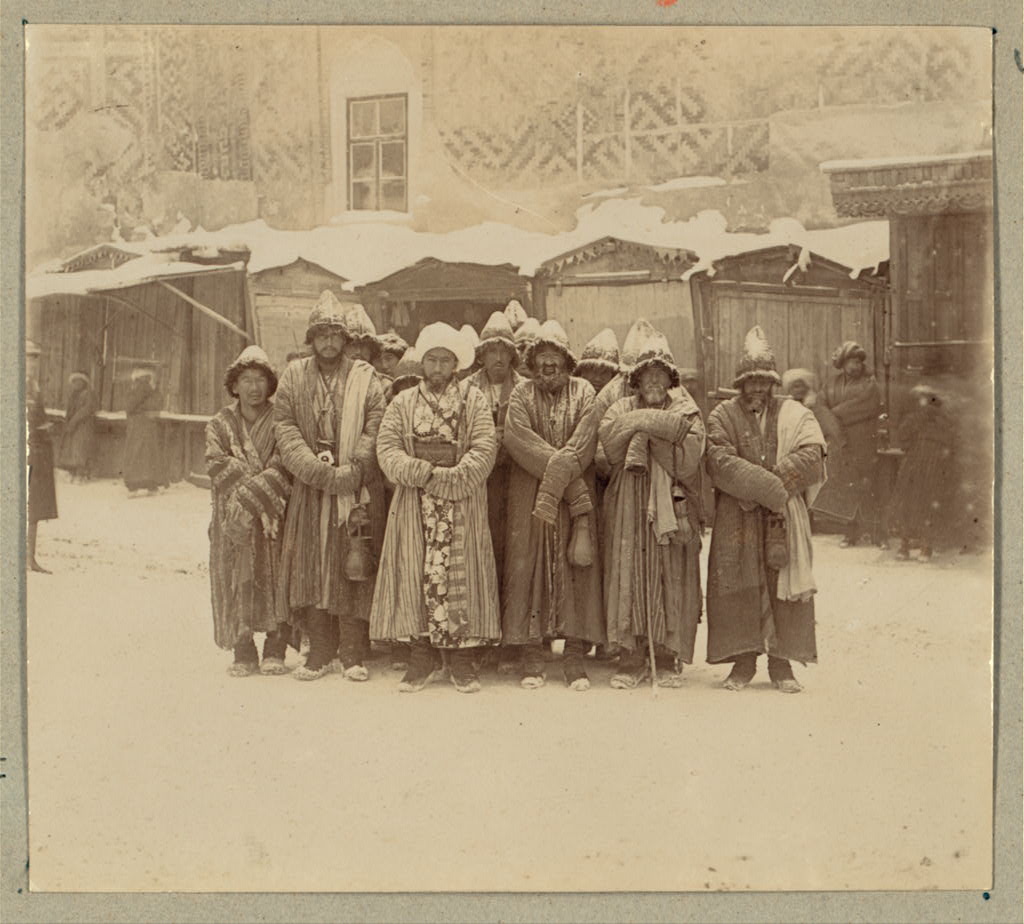
Monks in Kalandar-Khane. [Samarkand]

View of Samarkand from Tillia-Kari
***
The works of Prokudin-Gorsky excellently visualize the life of Central Asian society in the early 20th century, its socio-economic structure.

Doctors. Samarkand

Melon vendor
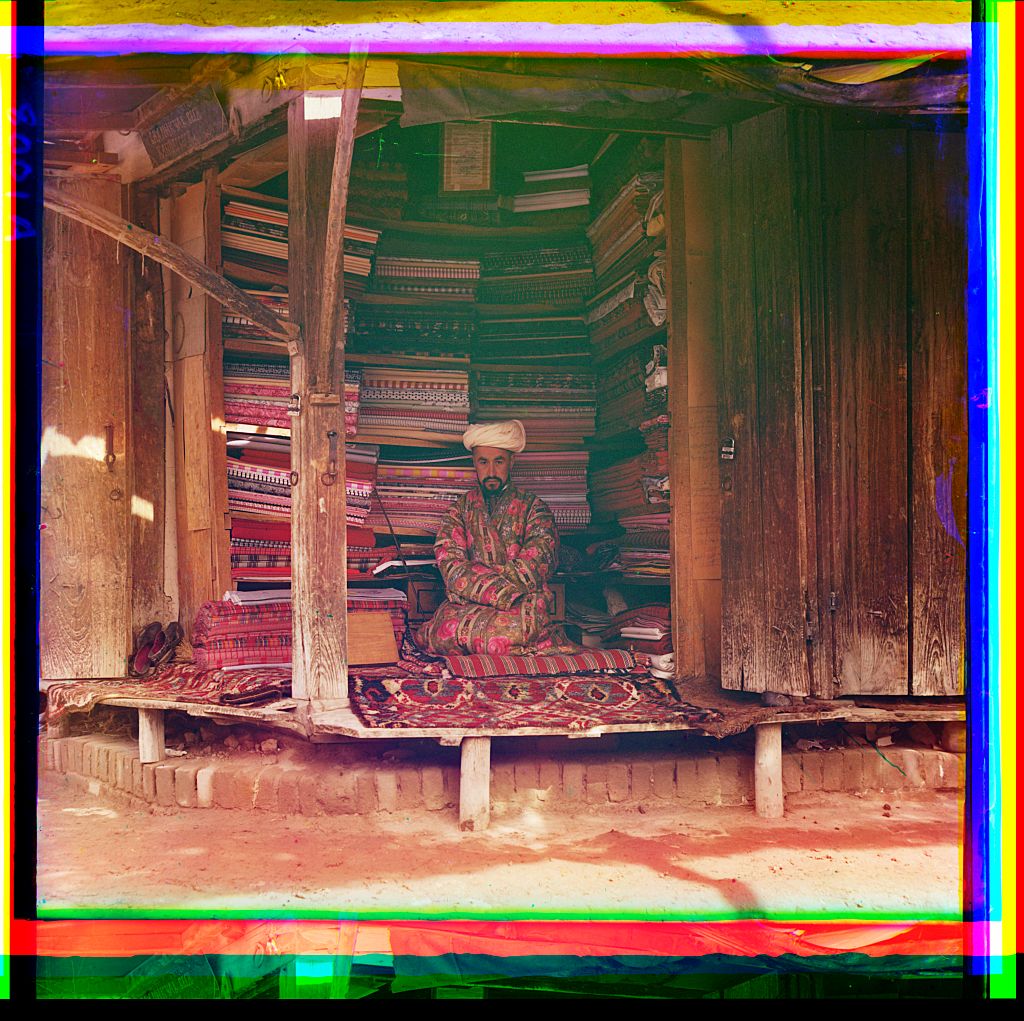
Fabric merchant

Bakery in Bukhara

Flat breads vendor. Samarkand
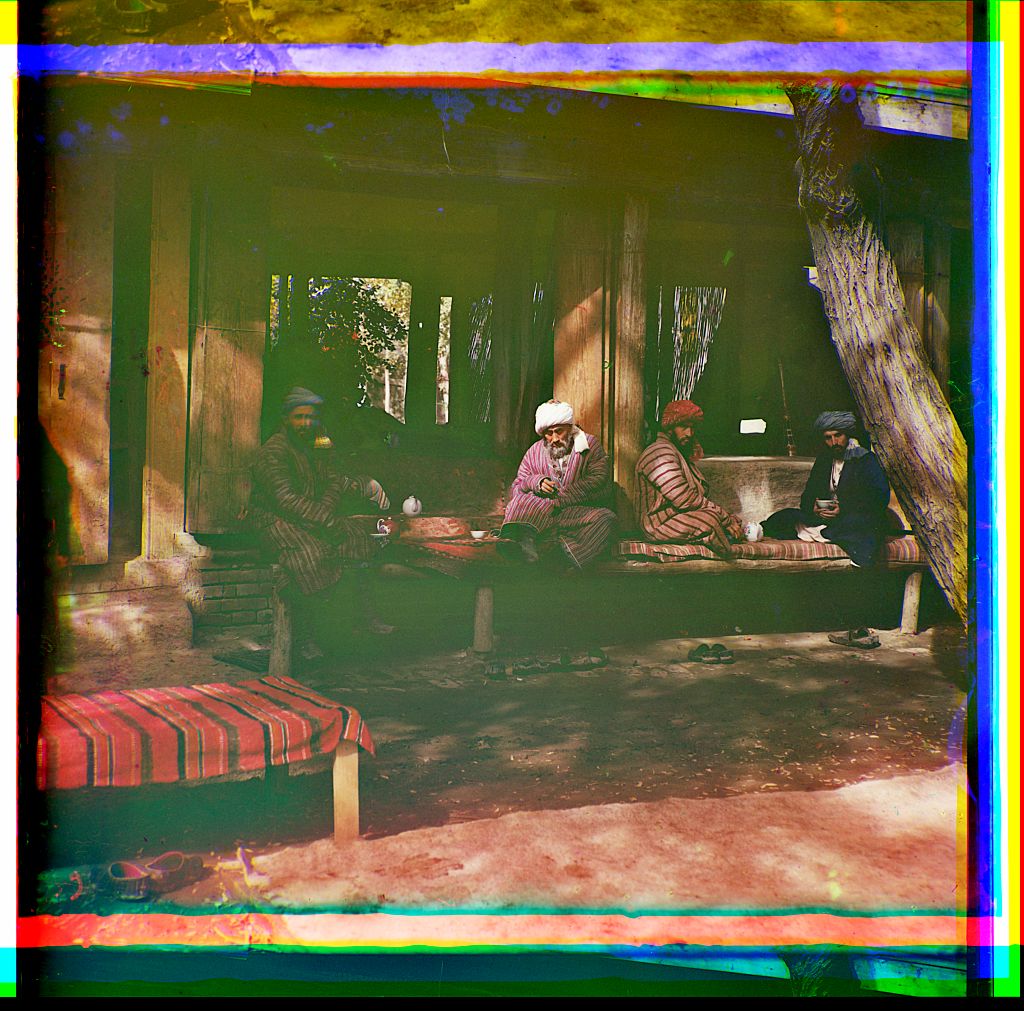
Chaikhana [Tearoom]

Kebap house.
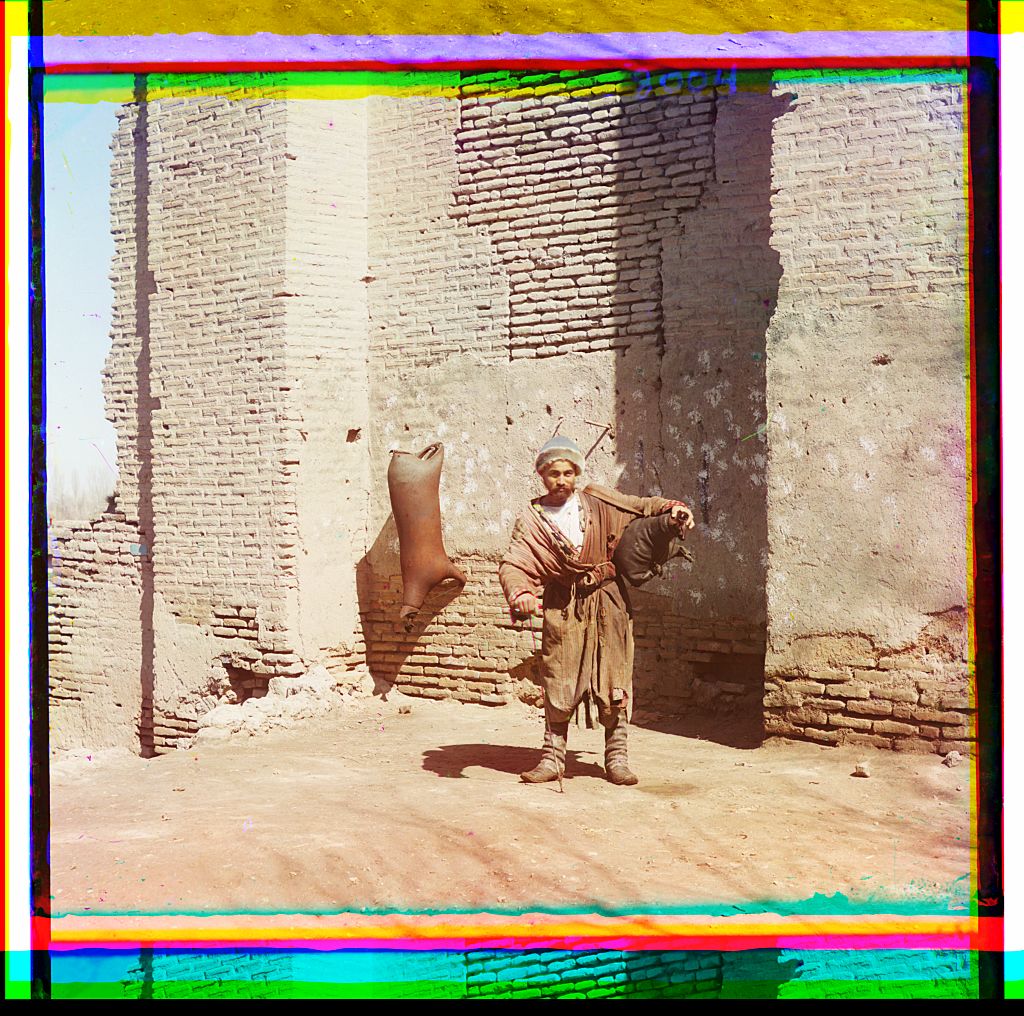
Water-carrier in Samarkand
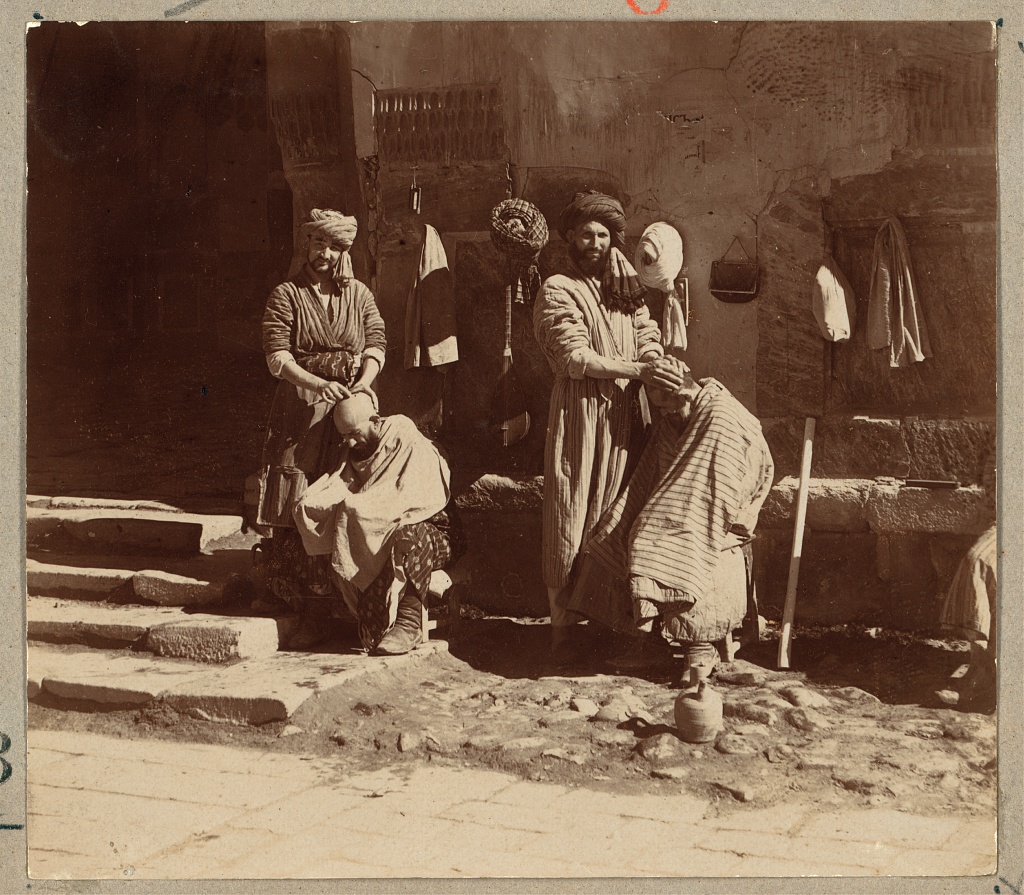
Barber in the Registan [city’s main square]

Money-changer in the Registan. Samarkand.

Registan. Samarkand
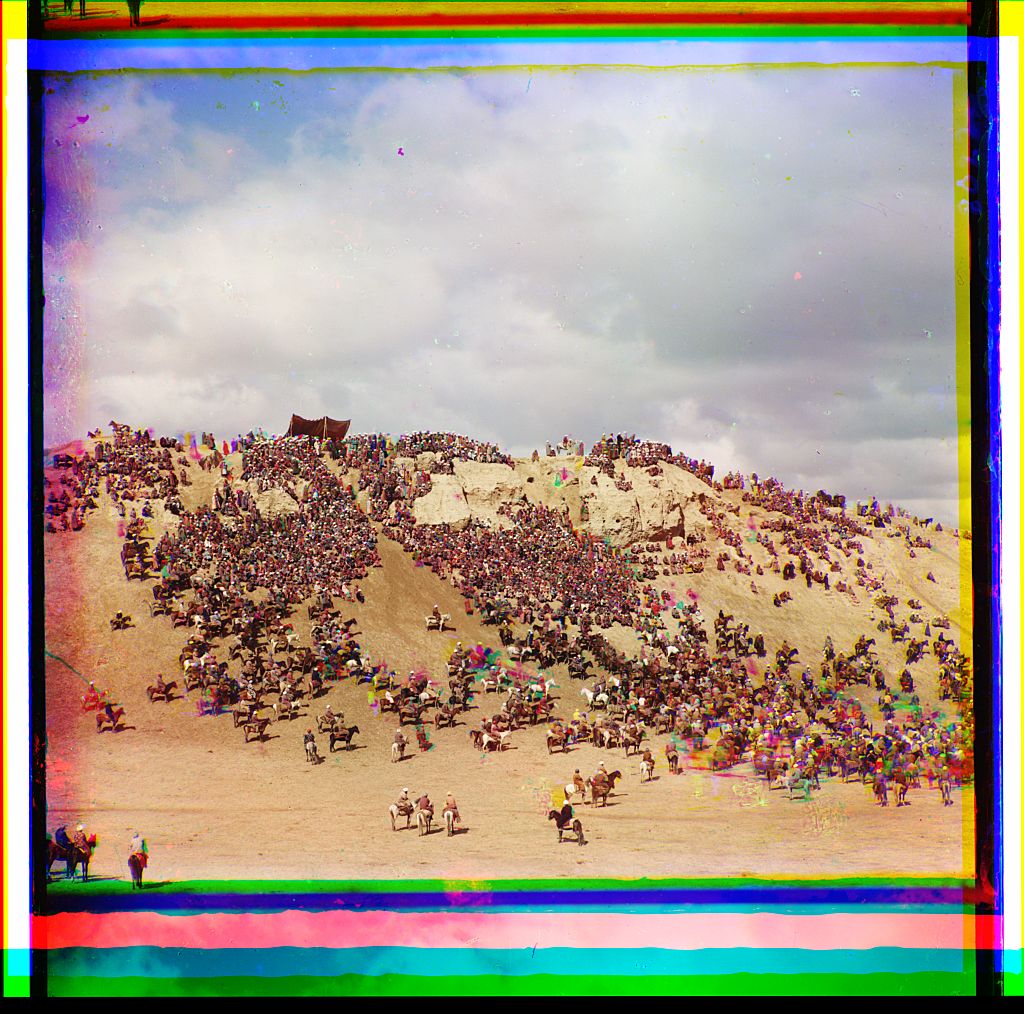
Equestrian game Bayga.

Sart school in Samarkand
[Sart – the general name of the Central Asian population, mainly Uzbeks and Tajiks, in the 15th-19th centuries.]
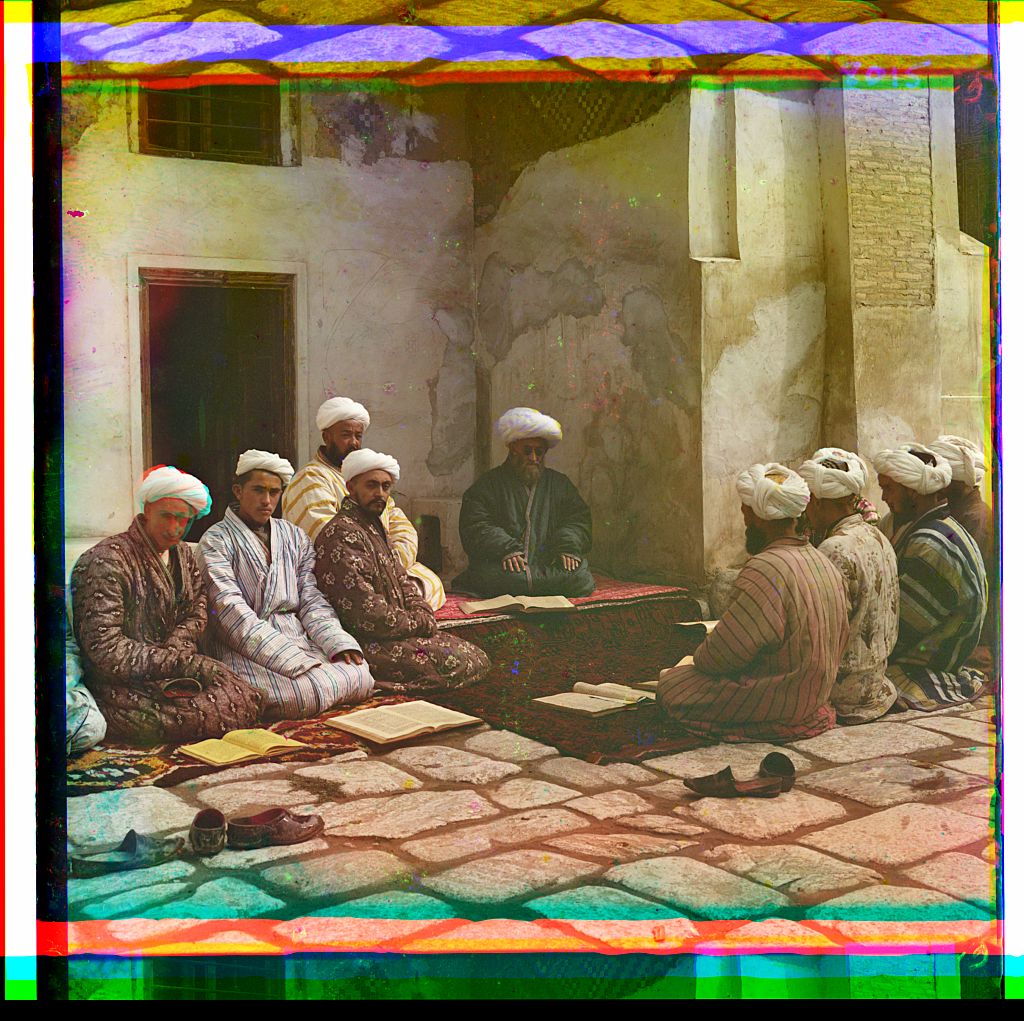
Students in Madrasah. Samarkand

Group of Jewish children with a teacher. Samarkand

Emir of Bukhara
///nCa, 15 March